If block B moves towards right with acceleration b, find the net acceleration of block A.
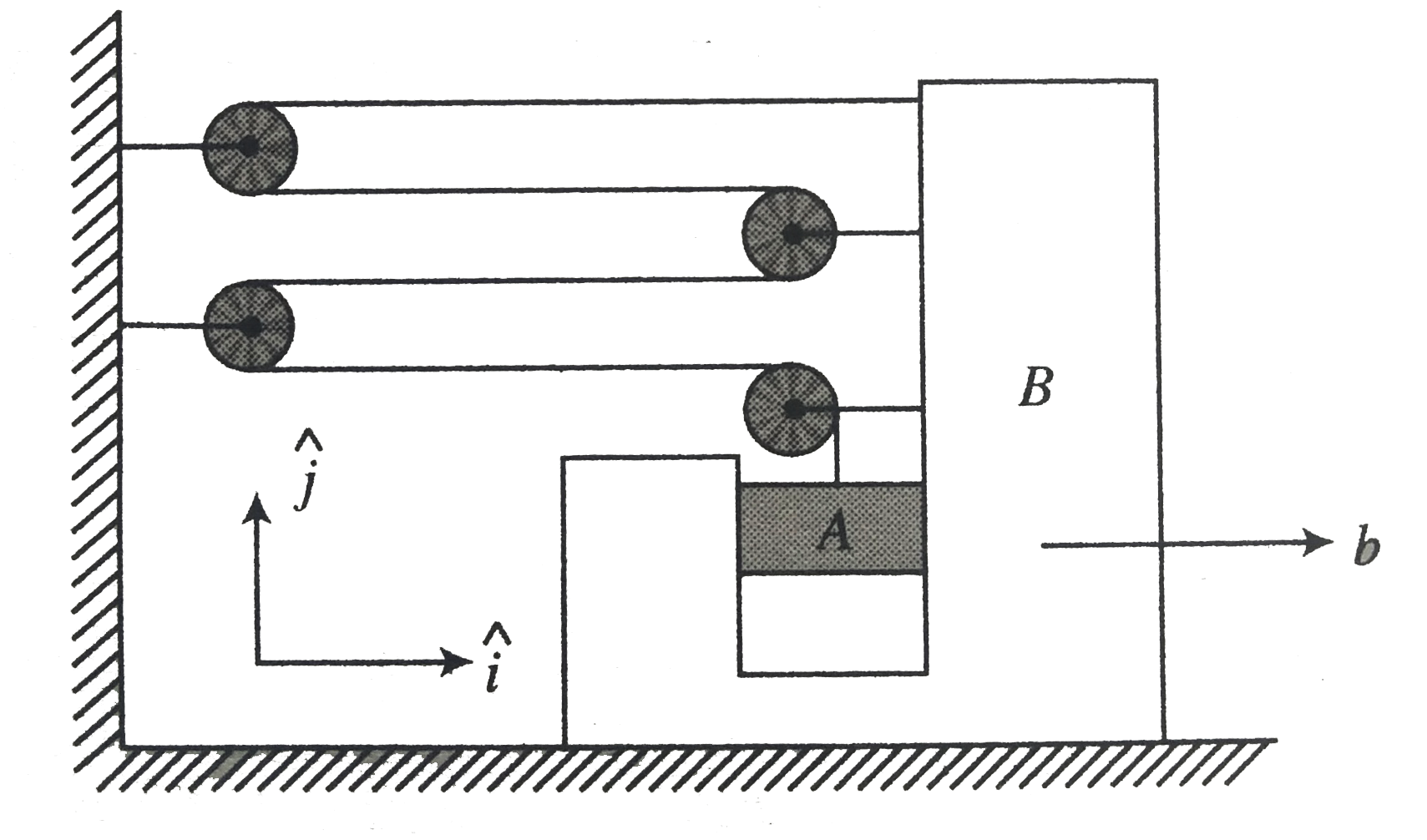
bˆi+4bˆj
bˆi+bˆj
bˆi+2bˆj
None of these
The correct Answer is:A

Acceleration of A in horizontal direction= the acceleration of B=b rightwards
Acceleration of A in vertical direction =the acceleration of A with respect to b in upwards direction =a=4b.
Hence, net acceleration of A=bˆi+4bˆj.
Topper's Solved these Questions
- NEWTON'S LAWS OF MOTION 1BOOK - CENGAGE PHYSICSCHAPTER - NEWTON'S LAWS OF MOTION 1EXERCISE - Multiple Correct
11 Videos
- NEWTON'S LAWS OF MOTION 1BOOK - CENGAGE PHYSICSCHAPTER - NEWTON'S LAWS OF MOTION 1EXERCISE - Assertion-reasoning
15 Videos
- NEWTON'S LAWS OF MOTION 1BOOK - CENGAGE PHYSICSCHAPTER - NEWTON'S LAWS OF MOTION 1EXERCISE - Subjective
15 Videos
- MISCELLANEOUS VOLUME 2BOOK - CENGAGE PHYSICSCHAPTER - MISCELLANEOUS VOLUME 2EXERCISE - INTEGER_TYPE
10 Videos
- NEWTON'S LAWS OF MOTION 2BOOK - CENGAGE PHYSICSCHAPTER - NEWTON'S LAWS OF MOTION 2EXERCISE - Integer type
1 Videos
Similar Questions
If the wedge A shown in figure-1.93, is moving toward left with acceleration 3ms2, find the net acceleration of block B which is constrainedtoslide along the wedge surface. (θ=30∘)

View SolutionFigure shows a block A constrained to slide along the inclined plane of the wedge B shown. Block A is attached with a string which passes through three ideal pulleys and connected to the wedge B. If wedge is pulled toward right with an acceleration a, find
(a) the acceleration of the block with respect to wedge
(b) the acceleration of the block with respect to ground.
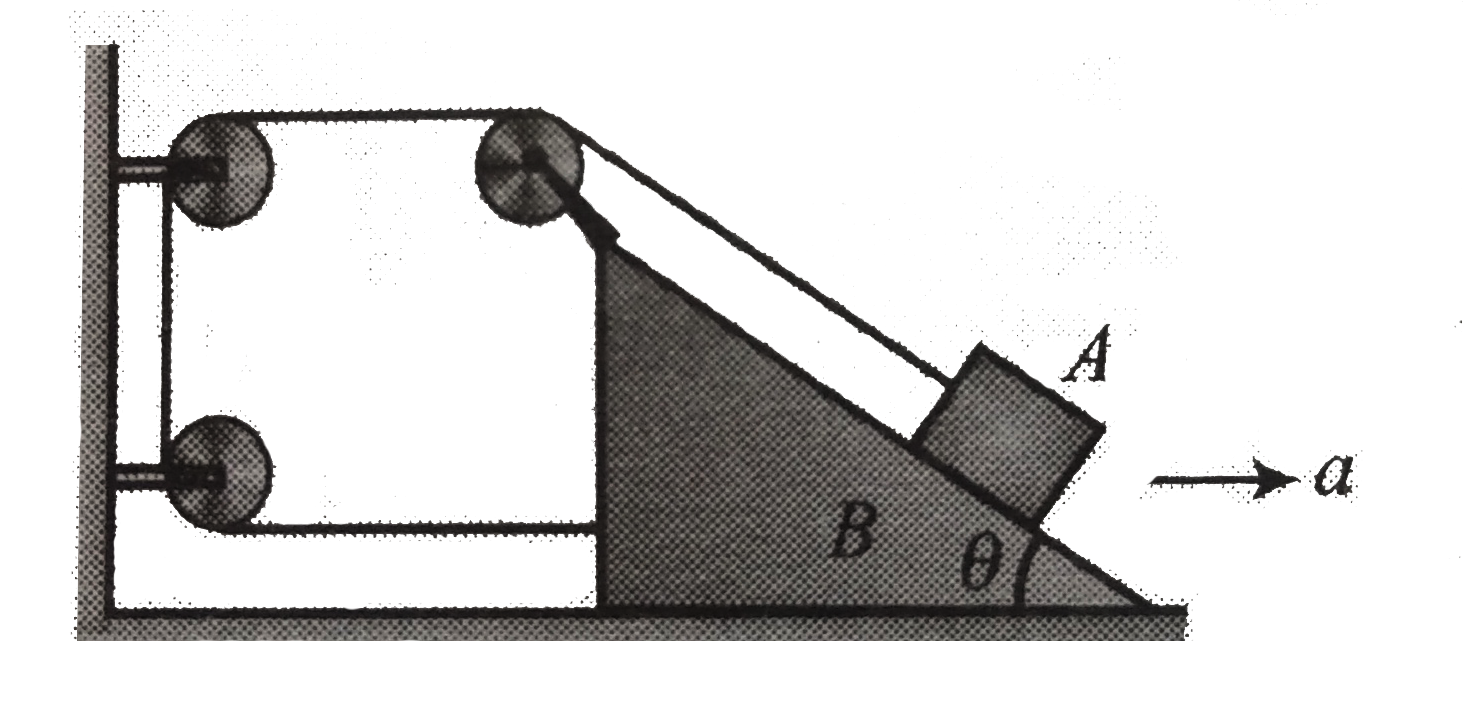
View Solution
Knowledge Check
Find the acceleration of each block
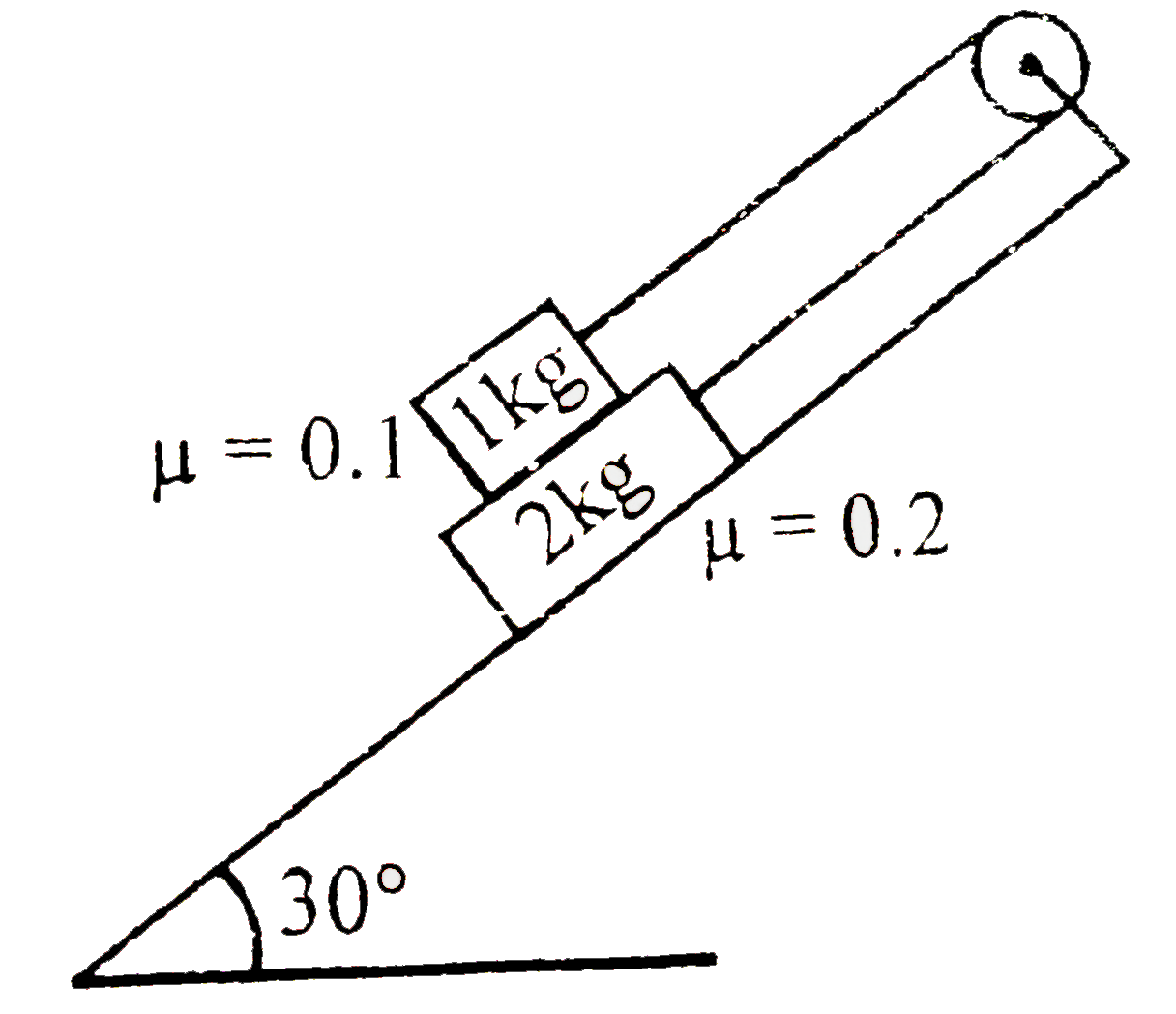 A215m/s2B6215m/s2CzeroD25m/s2
A215m/s2B6215m/s2CzeroD25m/s2The acceleration of the block A is
 A2g/3 upwardBg/3 upwardC2g/3 downwardDg/3 downward
A2g/3 upwardBg/3 upwardC2g/3 downwardDg/3 downwardThe acceleration of the block is
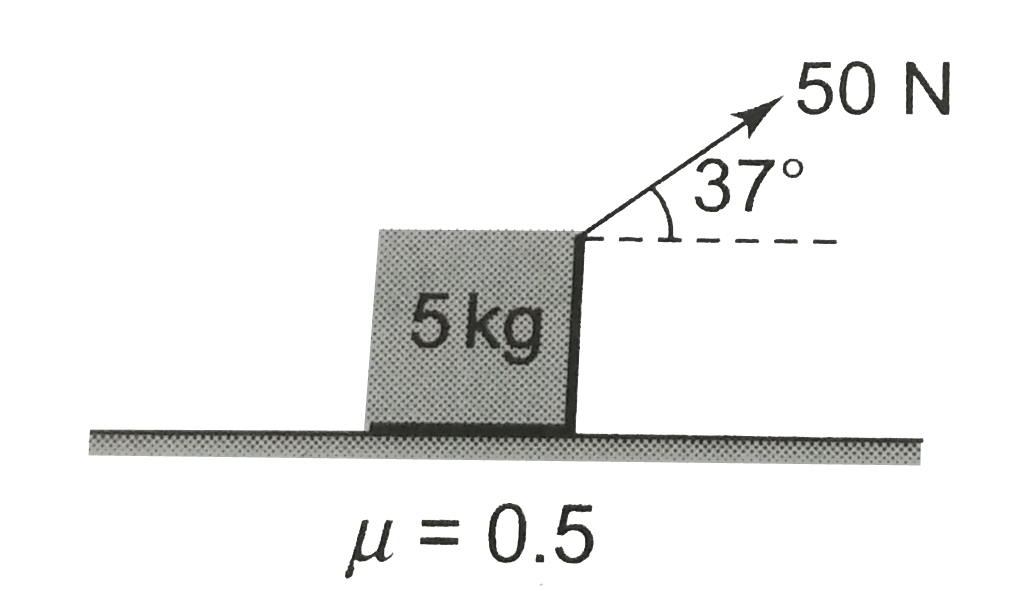 A6m/s2B8m/s2C10m/s2D12m/s2
A6m/s2B8m/s2C10m/s2D12m/s2
The system shown in figure starts from rest, and each block moves with a constant acceleration. If the relative acceleration of block C with respect to block B is 6m/s2 upward and the relative acceleration of block D with respect to block C after 3s from starts.
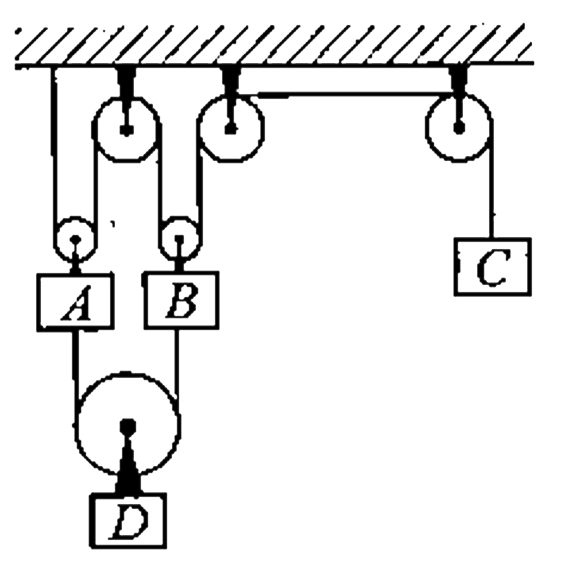
View SolutionThe acceleration of the block A and B are
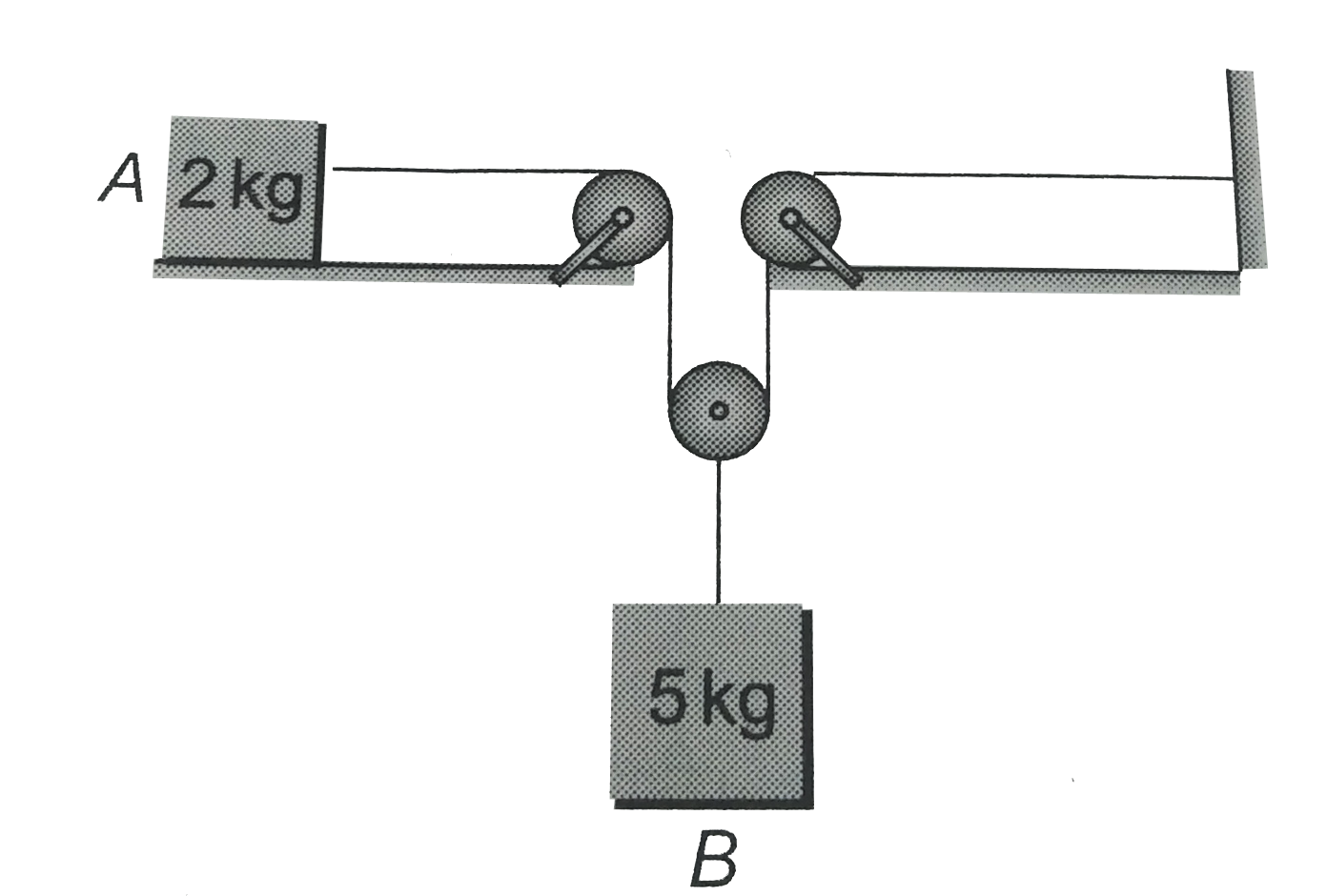
View SolutionThe acceleration of the block A and B are
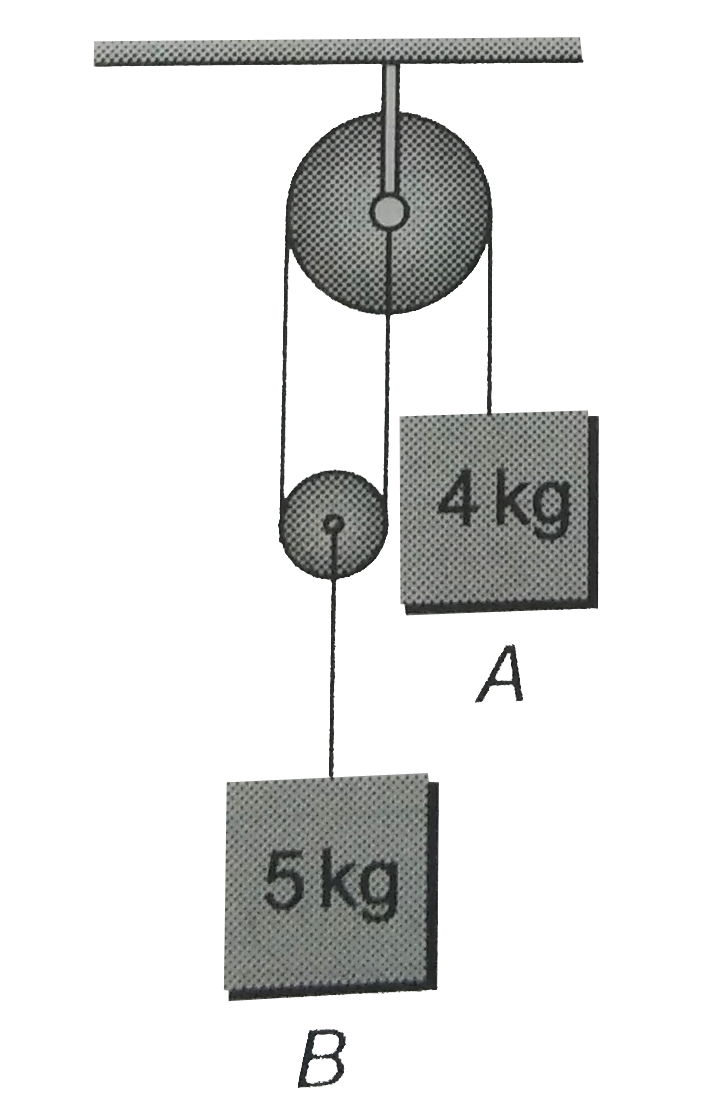
View SolutionTwo identical blocks A and B of mass m joined together with a massless spring as shown in figure are placed on a smooth surface. If the block A moves with an acceleration a0, then the acceleration of the block B is
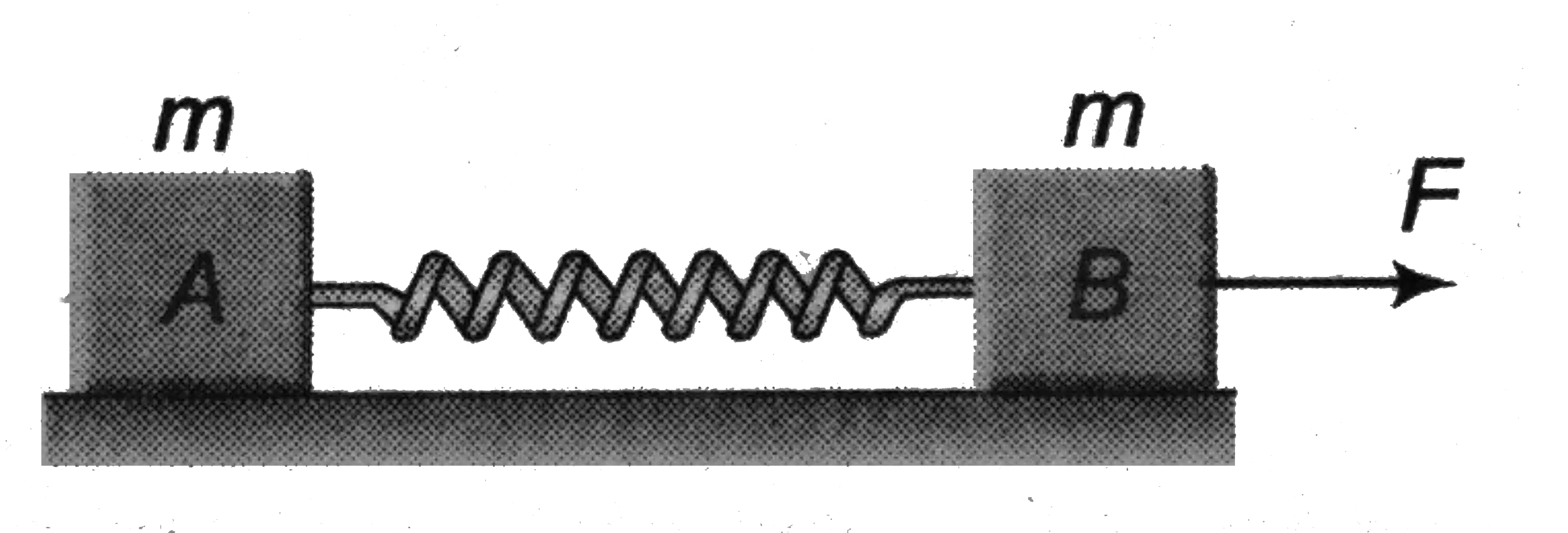
View SolutionIf the blocks A and B are moving towards each other with accelerations a and b shown in fig. find the net acceleration of block C.
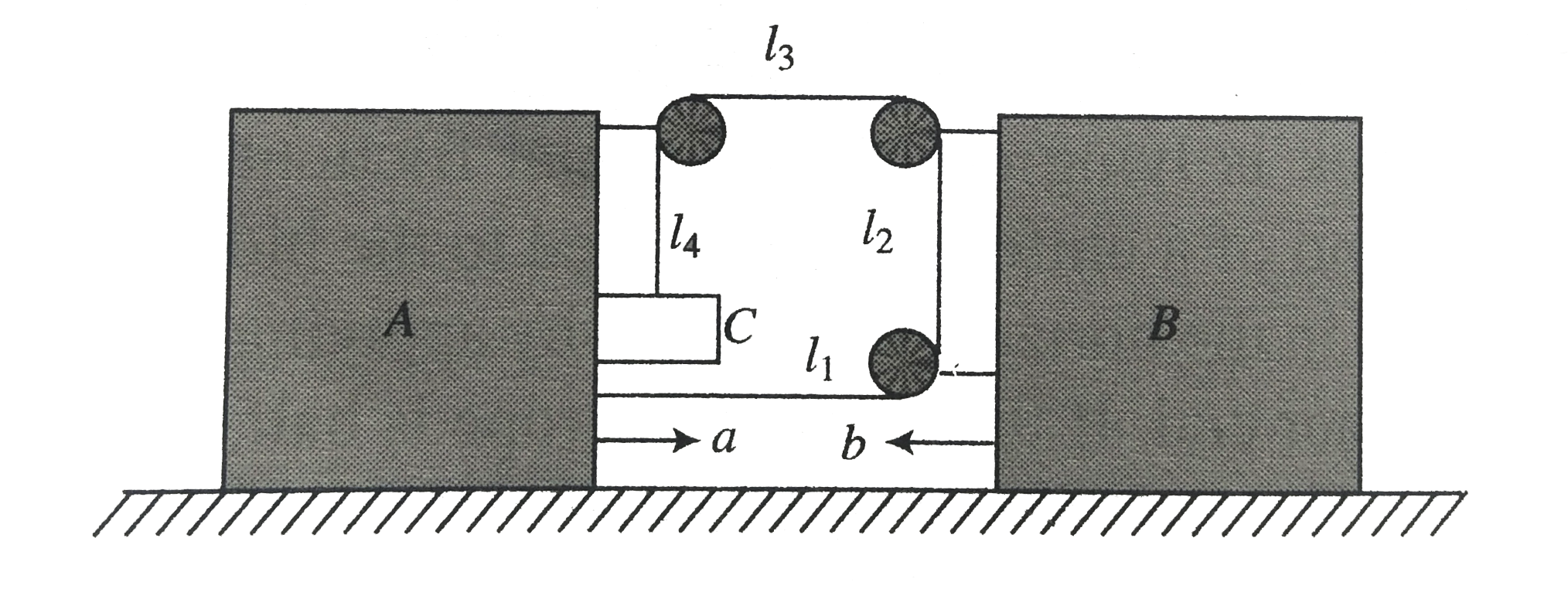
View Solution
